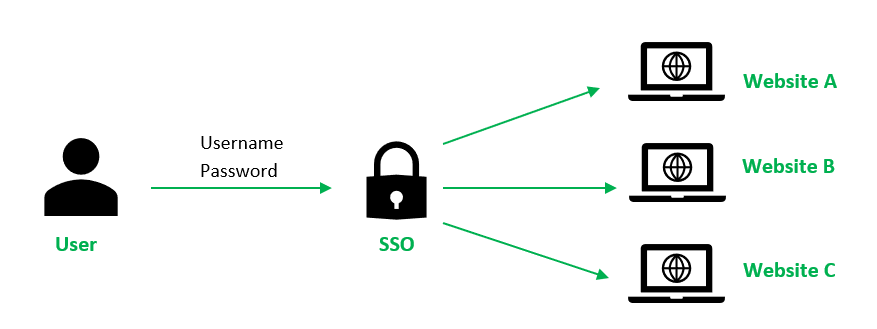
SSO GoDaddy | SSO GoDaddy Login
- admin
- No Comments
Single Sign-On is a system that allows users to access multiple applications or services using a single set of login credentials. It eliminates the need for users to remember multiple usernames and passwords for different services.
In the context of GoDaddy Webmail, SSO likely refers to the capability of integrating the GoDaddy Webmail service with a centralized authentication system. This means that users can log in to their GoDaddy Webmail account using their credentials from another system, such as their organization’s identity provider or a third-party authentication service.
By implementing SSO, users can conveniently access their GoDaddy Webmail account without the need to remember and manage a separate username and password specifically for GoDaddy Webmail. It provides a streamlined and more secure login experience.

How to do SSO Godaddy Login?
Step 1: Click on this link https://sso.godaddy.com/
Step 2: Enter your logins
Step 3: Click on “Forget Password” in case you don’t remember your logins.
Other Useful Links :
- https://sso.godaddy.com/login?app=email&realm=pass
- https://www.godaddy.com/en-in
- https://in.godaddy.com/
IF YOU WANT ANY HELP FEEL FREE TO CONNECT WITH US
What are the advantages of SSO?
- No repeated passwords: When users have to remember passwords for several different apps and services, a condition known as “password fatigue” is likely to set in: users will re-use passwords across services.
- Better password policy enforcement: With one place for password entry, SSO provides a way for IT teams to easily enforce password security rules. For example, some companies require users to reset their passwords periodically.
- Stronger passwords: Since users only have to use one password, SSO makes it easier for them to create, remember, and use stronger passwords.
- Single point for enforcing password re-entry: Administrators can enforce re-entering credentials after a certain amount of time to make sure that the same user is still active on the signed-in device.
How does an SSO login work?
Whenever a user signs in to an SSO service, the service creates an authentication token that remembers that the user is verified. An authentication token is a piece of digital information stored either in the user’s browser or within the SSO service’s servers, like a temporary ID card issued to the user. Any app the user accesses will check with the SSO service. The SSO service passes the user’s authentication token to the app and the user is allowed in. If, however, the user has not yet signed in, they will be prompted to do so through the SSO service.
An SSO service does not necessarily remember who a user is, since it does not store user identities. Most SSO services work by checking user credentials against a separate identity management service.
Think of SSO as a go-between that can confirm whether a user’s login credentials match with their identity in the database, without managing the database themselves — somewhat like when a librarian looks up a book on someone else’s behalf based on the title of the book. The librarian does not have the entire library card catalog memorized, but they can access it easily.
How does SSO fit into an access management strategy?
SSO is only one aspect of managing user access. It must be combined with access control, permission control, activity logs, and other measures for tracking and controlling user behavior within an organization’s internal systems. SSO is a crucial element of access management, however. If a system does not know who a user is, there is no way to allow or restrict that user’s actions.
